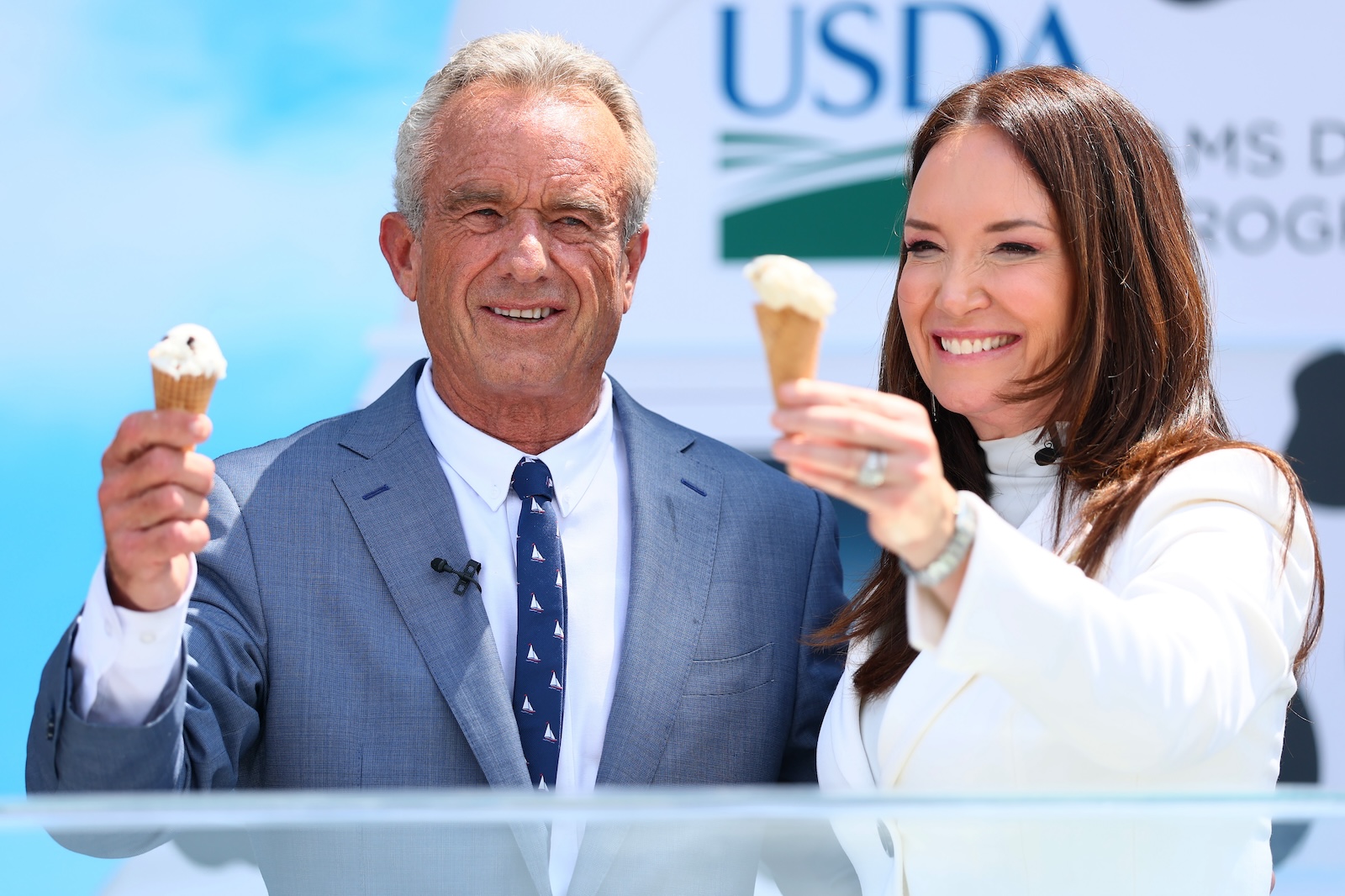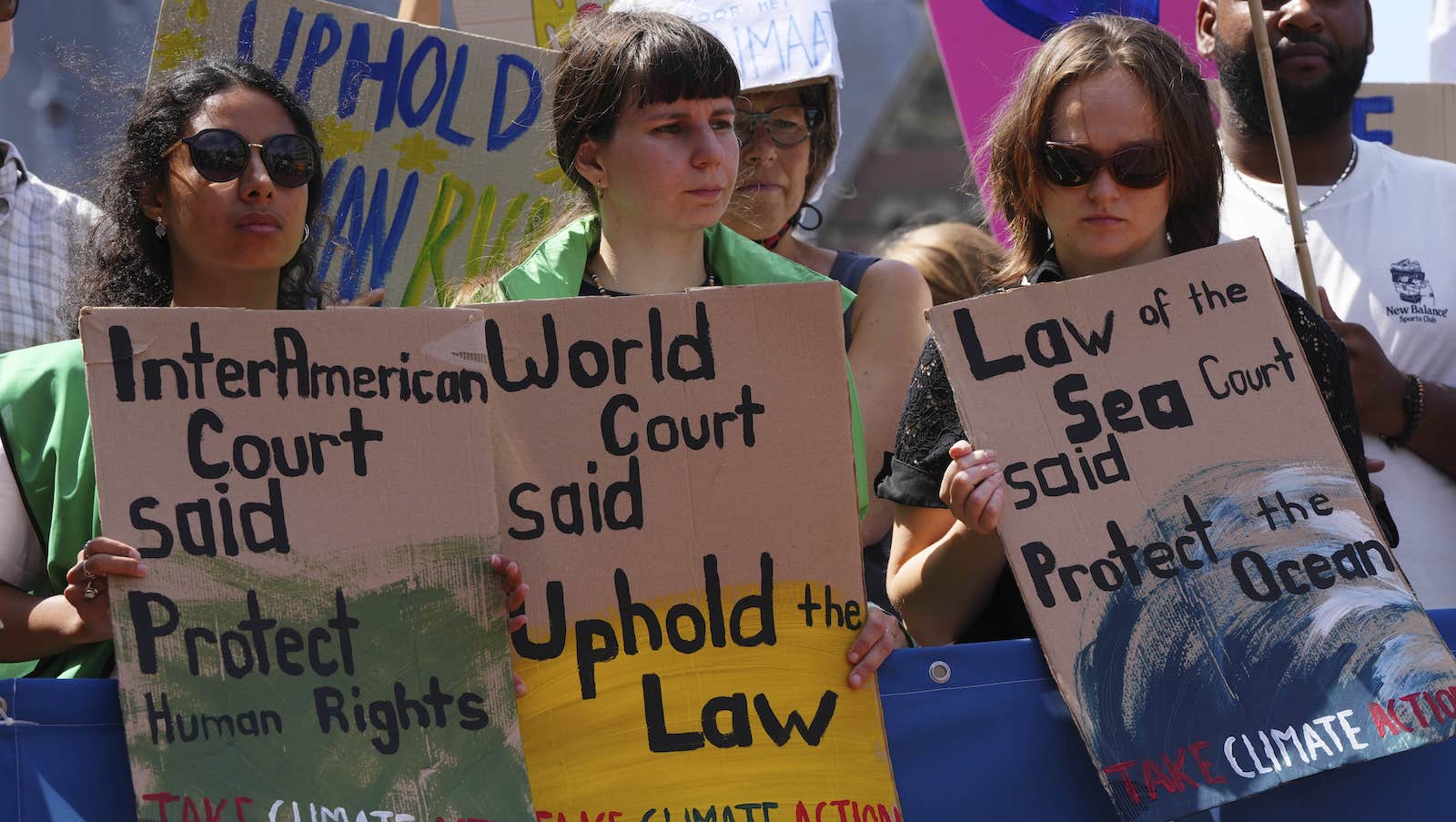Now Reading: Is Climate Change Intensifying Sugar Cravings?
-
01
Is Climate Change Intensifying Sugar Cravings?
Is Climate Change Intensifying Sugar Cravings?

Rapid Summary
- A study published in Nature Climate Change examined U.S. household sugar consumption patterns between 2004 and 2019, correlating them with localized weather data.
- results show that as temperatures rise,added sugar consumption increases. For every 1.8°F increase, daily sugar intake grew by approximately 0.7 grams per person.
- The upward trend is most pronounced between temperatures of 68°F to 86°F, driven primarily by sugary drinks like soda and juices rather than baked goods.
- If high greenhouse gas emissions persist, U.S. sugar consumption could increase further by nearly 3 grams per day by the end of the century.
- Low-income households disproportionately consume more added sugars during heat spells compared to wealthier households – up to five times higher – perhaps linked to outdoor work environments under hotter conditions.
- Critics argue that findings are overstated and contradict broader nutritional trends showing leveling off or declining U.S. sugar consumption overall.
- Public health experts warn about long-term health risks tied to increased sugar intake, including diabetes, cardiovascular diseases, obesity, and cancer.
Indian Opinion Analysis
This research highlights an implicit relationship between climate change-driven warming and human food preferences – underscoring how environmental challenges manifest in unexpected ways such as dietary shifts. For India specifically, rising years-round temperatures may similarly alter food and beverage habits among its population; connections can be drawn parallel due spikes in demand for cold street drinks during spring-harvest climates observed . As more direct relevance india ,cipitailnit should show indirecteconomic























